READY TO GET STARTED?
REQUEST A FREE ESTIMATE
Fill out the form below or call (888) 466-7849 for a free, no-obligation estimate.
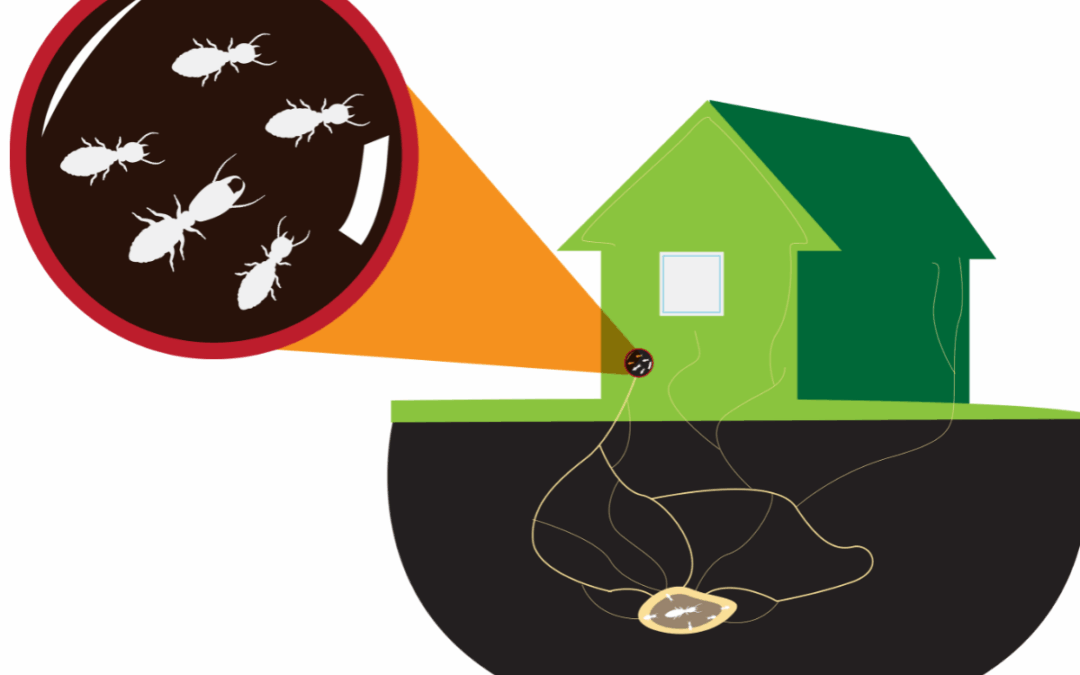
December in Naples brings beautiful weather and festive holiday preparations. While many people believe that pests become less of a concern during the cooler months, termites are one threat that never takes a day off. Florida’s mild climate allows these destructive insects to remain active year-round, silently putting your property at risk even as you decorate for the holidays. For homeowners, understanding that termites don’t hibernate is crucial for protecting your most valuable asset. The arrival of winter does not mean your home is out of danger. This guide will explain why termite activity persists in December and outline the essential defensive strategies you can implement to protect your Naples home.
Unlike in colder climates where insects die off or go dormant, the subtropical environment of Naples provides ideal conditions for termites to thrive throughout the year. Subterranean termites, the most common type in this region, build their colonies deep underground where they are insulated from minor temperature fluctuations.
The soil in South Florida remains warm and moist enough for termites to continue foraging, feeding, and expanding their colonies. They are not exposed to the harsh freezes that would force them into inactivity. Your home’s structure provides a consistent, climate-controlled environment, offering them a perfect place to find food and shelter from any slight temperature drops.
Termites feed on cellulose, the primary component of wood. Your home’s wooden framework, from the foundation to the roof trusses, represents an endless buffet. Because their food source is readily available and protected from the elements, their destructive habits continue unabated through every season.
A termite infestation is one of the most significant threats a homeowner can face. The damage they cause is often gradual and hidden from view, making it difficult to detect until it becomes severe.
Termites eat wood from the inside out, hollowing out support beams, floor joists, and wall studs. Over time, this can compromise the structural integrity of your home, leading to sagging floors, warped walls, and weakened foundations. This damage can be incredibly expensive to repair and is typically not covered by homeowner’s insurance.
Because termites operate behind walls and underground, an infestation can go unnoticed for years. By the time visible signs appear—such as mud tubes on the foundation, discarded wings, or wood that sounds hollow when tapped—extensive damage may have already occurred.
The most effective way to combat termites is through prevention. By making your home less appealing to these pests, you can significantly reduce the risk of an infestation.
Termites require moisture to survive. Reducing excess water around your property is a critical step in termite defense.
Termites can easily access your home through any wood that touches the ground.
Even small openings can provide termites with access to your home.
While these preventative measures are helpful, the only certain way to identify and manage a termite problem is with professional assistance. If you have not had a recent termite inspection, December is an excellent time to schedule one.
A trained pest control expert can conduct a thorough inspection of your property to detect any signs of termite activity. They can identify vulnerabilities and recommend a tailored prevention and treatment plan to address your home’s specific needs. Contact a professional termite control service today to schedule an inspection and ensure your Naples home is protected from termites this holiday season and beyond.
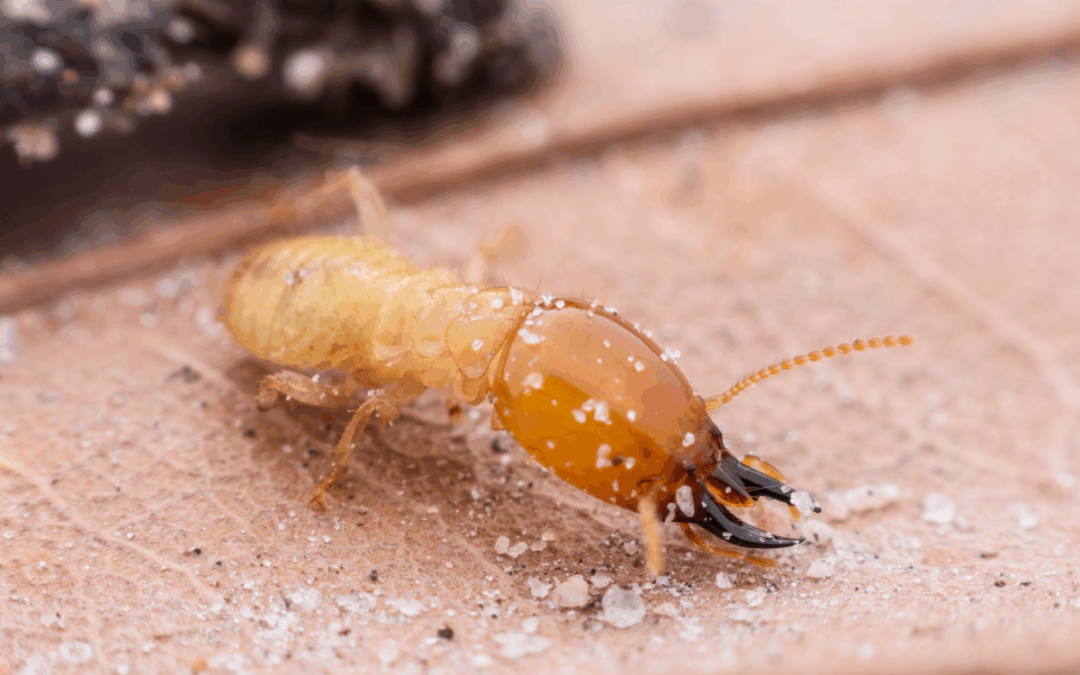
While many Naples homeowners associate termite activity with the spring, the pleasant fall weather can create conditions for these pests to remain active. In November, certain termite species continue to pose a threat to properties, often working unseen until significant damage has occurred. A proactive approach to termite prevention is essential for protecting your home’s structural integrity.
This guide provides information on why termites can be a problem in the fall, how to identify the warning signs, and what steps you can take for effective termite defense in Naples.
In Southwest Florida’s warm climate, termites do not go dormant as they might in colder regions. Species like the highly destructive Formosan subterranean termite can remain active year-round.
Naples’ climate provides the two key ingredients termites need to thrive: moisture and warmth. A damp autumn can keep soil moist, allowing subterranean termites to continue foraging for food sources—namely, the wood in your home.
A termite swarm, regardless of the time of year, is a clear indication that a mature colony of any size is located nearby. Colonies must be several years old before they have the resources to produce these reproductive members. Seeing a swarm is a critical warning sign that should not be ignored.
Early detection is crucial for minimizing damage. Since termites often operate out of sight, homeowners must be vigilant for subtle signs of their presence.
A comprehensive prevention strategy is the most effective way to protect your home. This involves making your property less attractive to termites by eliminating the conditions they seek.
The most reliable method for termite defense in Naples is to have your home professionally inspected annually. A trained pest control expert can identify conducive conditions and early signs of an infestation that an untrained eye might miss.
Discovering signs of termites can be concerning, but it allows you to take action before a minor issue becomes a major problem. Do not attempt to resolve a termite infestation with do-it-yourself products, as these are often ineffective against the hidden colony.
If you have noticed discarded wings, mud tubes, or other signs of termite activity, contact a certified pest control professional immediately. A thorough inspection and a tailored treatment plan are the best way to protect your home and ensure your peace of mind.
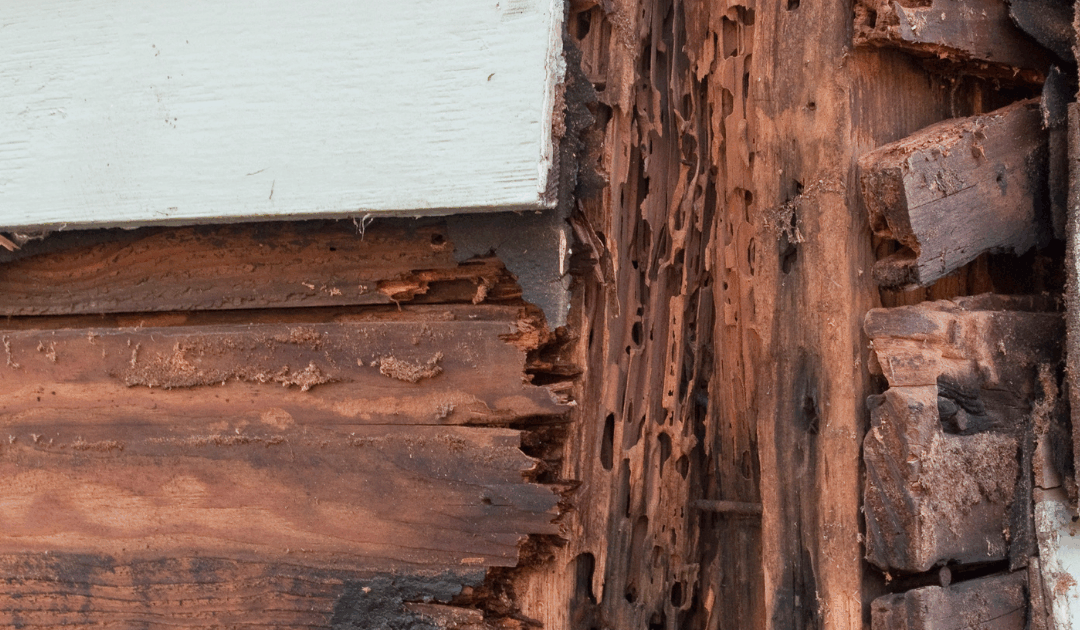
For homeowners in Broward County, the idyllic fall weather doesn’t mean termites take a break. Florida’s warm, humid climate allows these silent destroyers to remain active year-round. October is a key time for vigilance, as certain termite species continue their work, threatening the structural integrity of your home. Understanding the threat and recognizing early signs can save thousands in repairs. This guide covers why termites are a persistent problem in the fall and what steps you can take to protect your property through termite control solutions.
Unlike regions with cold winters, Broward’s subtropical climate provides constant warmth and moisture. Species like Formosan and Asian subterranean termites thrive year-round. While swarming is more common in spring, colonies continuously forage for cellulose, keeping your home at risk even in October.
Termites consume wood from the inside out, often leaving the exterior intact until damage is severe. Infestations can go unnoticed for years, weakening foundations, support beams, and walls. By the time damage is visible, repairs can be extensive and costly.
Subterranean termites build pencil-sized tunnels from soil, wood, and saliva. These “mud tubes” serve as protected pathways from underground colonies into your home. Inspect foundations, crawl spaces, and interior walls.
After mating, reproductive termites shed wings that resemble tiny, translucent fish scales. Check windowsills, doorways, and spiderwebs for these telltale signs.
Tap on baseboards, door frames, and exposed beams. Wood that sounds hollow or feels papery may be compromised. Bubbling paint or darkened wood can also indicate termite activity.
Termites are attracted to water. Check and repair leaky pipes, faucets, and AC units. Keep gutters clean and downspouts directing water away from your home’s foundation.
Direct wood-to-ground contact gives termites an easy entry point. Store firewood, lumber, and cellulose debris at least 20 feet from your home and raised off the ground. Maintain a clear gap between mulch or soil and siding.
Termite prevention requires year-round diligence, from controlling moisture and removing wood debris to monitoring signs like mud tubes and discarded wings. Even with the best precautions, an established infestation requires a professional approach to ensure complete colony elimination. If you notice any signs of termites or want to strengthen your defenses, a certified pest control expert can provide a thorough inspection and a targeted termite control plan.

In Miami, termites are a year-round concern. Unlike regions where cooler weather slows pests, our tropical climate allows destructive termites to stay active. October is a critical time for homeowners to remain vigilant, as certain termite species, including the formidable Formosan subterranean termite, continue to silently threaten your property. Understanding the termite threat in Miami is key to protecting your home. This guide explains what to watch for and how to reduce risk.
Miami’s warm, humid climate means termites have no true “off-season.” While swarm season peaks in spring, colonies work continuously. Autumn rain and consistent moisture encourage subterranean termites to forage for wood and other cellulose sources to feed their growing populations.
Termites consume wood from the inside out, often leaving no visible damage until the structure is seriously compromised. This can weaken support beams, hollow floors, and damage walls, resulting in costly repairs. The termite threat is not just a nuisance; it directly affects your home’s structural integrity and value.
Subterranean termites build pencil-sized mud tubes to travel from underground colonies into your home. Check foundations, crawl spaces, and interior walls for these tunnels.
After swarming, reproductive termites shed wings. Look for tiny piles on windowsills, near doors, or caught in spiderwebs—a clear sign a colony is nearby.
Tap wooden surfaces like baseboards, window frames, and support posts. Hollow or papery sounds, blistering, or darkened wood may indicate termite activity.
Termites need moisture to survive. Repair leaky pipes, faucets, or AC units, and keep gutters and downspouts clear to direct water away from your foundation.
Keep lumber, firewood, and other cellulose debris at least 20 feet from your home on raised platforms. Maintain a gap between mulch or soil and siding to reduce access points.
Preventing termite damage starts with vigilance. Regularly inspect for mud tubes, discarded wings, and compromised wood while eliminating moisture and wood-to-ground contact. These steps help reduce risk, but established colonies often require targeted strategies.
If you notice any signs of termite activity or want to ensure your home is fully protected, call a certified termite control technician today for a thorough inspection and a customized plan to protect your property.
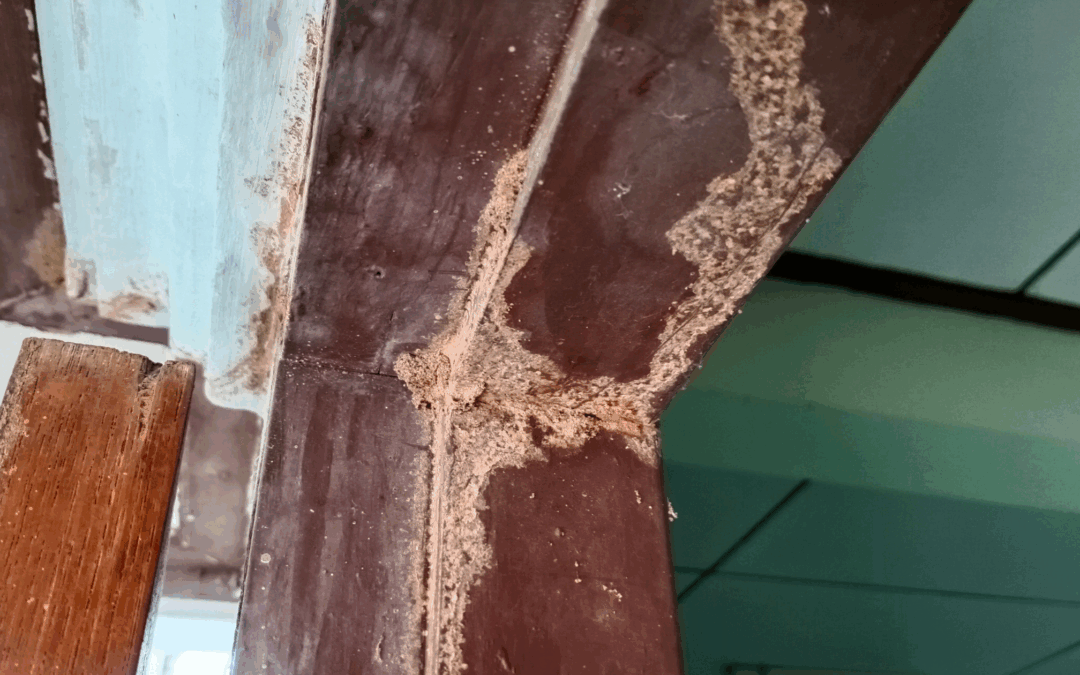
Fort Myers’ warm, coastal environment makes it a perfect breeding ground for termites, and drywood termites are among the most destructive species in the area. These silent invaders don’t need soil to survive, allowing them to infest wooden structures like walls, furniture, and flooring. Their hidden colonies can cause thousands of dollars in damage before you even spot the problem.
With its consistent warmth and humidity, Fort Myers offers ideal conditions for drywood termites to thrive year-round. Homes with exposed wooden features like decks, siding, or furniture are especially vulnerable to infestations.
For homeowners in the region, staying proactive is key to avoiding long-term structural damage.
Drywood termites are particularly dangerous because they live and feed within the wood itself, leaving no visible tunnels like their subterranean counterparts. Their infrequent visibility often means the damage is severe by the time it’s found.
Look for subtle clues that termites may be present in your home, such as:
Because their colonies remain hidden within the wood, professional inspections are often the best way to confirm termite activity early.
Prevention is always easier and more affordable than repairs. Taking proactive steps to safeguard your home can go a long way in avoiding termite issues altogether.
Drywood termites may be hidden, but their impact can devastate your home’s integrity and your wallet. The key to combating these invaders is understanding the risks, knowing the signs, and acting quickly when issues arise.
By staying proactive with sealing, inspections, and professional pest control, you can keep your Fort Myers home safe from these silent destructors. Invest in termite prevention today with a pest control company near you and enjoy peace of mind for years to come!
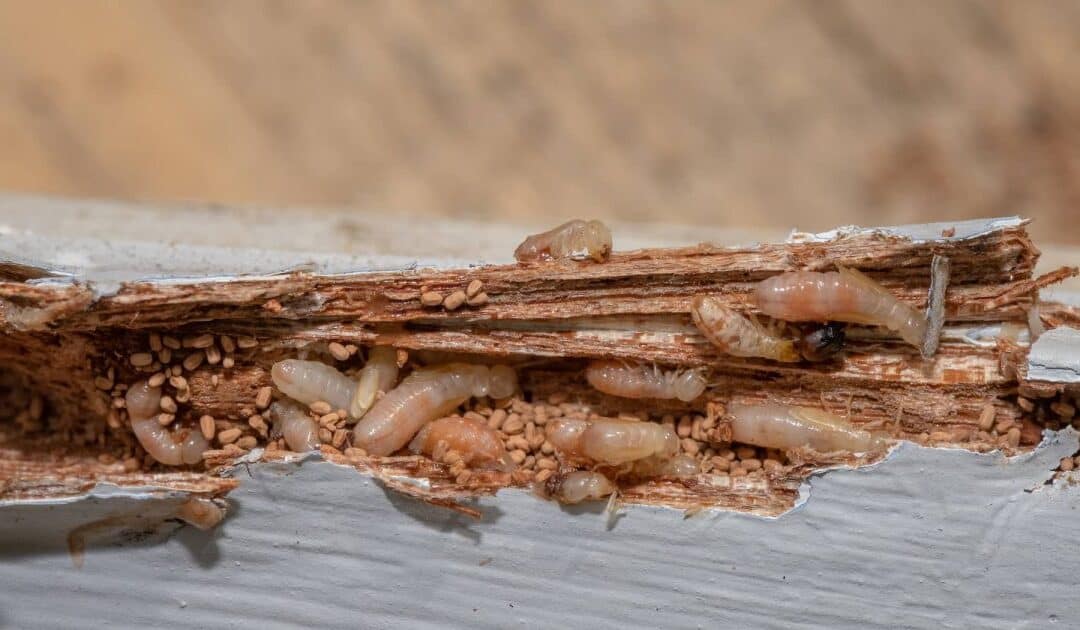
Miami’s warm, humid climate makes it a hotspot for drywood termites. These pests, living entirely within wood, can cause significant damage if left untreated. Unlike subterranean termites, they don’t need soil, making infestations harder to detect. Here’s how to protect your Miami home with effective, eco-conscious treatments and prevention tips from termite control near me.
For severe infestations, fumigation is a reliable solution. Professionals tent the home and release a gas that penetrates wood to eliminate termites. This treatment leaves no residue behind making this option much healthier for the environment.
No-tent treatment is a less invasive and eco-friendlier solution for smaller infestations. It uses non-repellent products, often derived by adhering to sustainable practices, which target termites directly without affecting other species. This precise application minimizes chemical use while effectively eliminating colonies.
Preventing termites isn’t just about keeping your home protected; it’s also an opportunity to adopt greener practices that help the environment. Here are some tips for keeping drywood termites at bay while staying eco-conscious:
Drywood termites can cause costly damage, but with quick action and the right choices, you can protect your home. Contact a Miami-based termite control expert for professional inspections and effective treatments. With proven prevention strategies and reliable solutions, you can safeguard your home and enjoy peace of mind for years to come with termite control near me.

Termites may be small, but their destructive power is anything but. Each year, these silent invaders cause billions in property damage, and in Bonita Springs, Florida—a place where the warm, humid climate is a perfect breeding ground for termites—preventing these pests is crucial for homeowners, making eco-friendly termite control a priority for Florida homeowners.
This Termite Week, we’re spotlighting sustainable, eco-friendly termite control methods that not only protect your property but also protect the environment. Traditional treatments often rely on harsh chemicals that can harm both human health and local ecosystems. Thankfully, green termite control offers a smarter, healthier way to eliminate these pests. If you’re looking for environmentally conscious ways to protect your home, this guide covers effective green solutions for termite control.
Bonita Springs may be known for its sunny skies and beautiful beaches, but it’s also a prime location for termite infestations. The tropical climate and abundant wood sources make it a haven for both subterranean and drywood termites. Here’s why termites pose such a threat:
Understanding their behavior and acting quickly is key to preventing these hidden threats.
While traditional methods—like chemical pesticides—are effective at eliminating termites, they can also harm the environment. These chemicals can seep into the soil, affecting beneficial insects, plants, and even water sources. Fortunately, eco-friendly termite solutions are making it possible to control termites without resorting to harmful chemicals.
Eco-friendly termite control options are gaining popularity for their effectiveness and sustainability. Here’s how you can combat termites the green way:
Baiting systems strategically place stations around your home, containing growth regulators that termites carry back to the colony, eliminating them at the source.
Why it’s green: Minimal chemical use and focused, targeted treatment for insects that shed their exoskeleton.
Installing physical barriers such as sand or steel mesh around your home prevents subterranean termites from gaining access.
Why it’s green: Long-lasting protection without chemicals.
Boric acid disrupts termites’ digestive systems, effectively eliminating them.
Why it’s green: Low toxicity and can be directly applied without harming other organisms.
Orange oil, derived from orange peels, disrupts termites’ respiratory systems and prevents them from laying eggs.
Why it’s green: Plant-based, biodegradable, and effective for localized infestations.
Green termite control doesn’t end with treatment. Regular inspections are vital for early detection. Pest control professionals use non-invasive methods . Ongoing monitoring systems can also be set up to track termite activity throughout the year, ensuring long-term protection.
Prevention is key to avoiding termite infestations. Here are simple ways to reduce the likelihood of attracting termites:
Termites don’t have to threaten your home or your environmental values. Eco-friendly termite control methods offer a sustainable solution that’s effective in keeping your home guarded from these destructive pests.
This Termite Week, take action to protect your home with green termite control practices. Reach out to a local pest control professional who specializes in sustainable solutions and protect your home while keeping the environment intact.
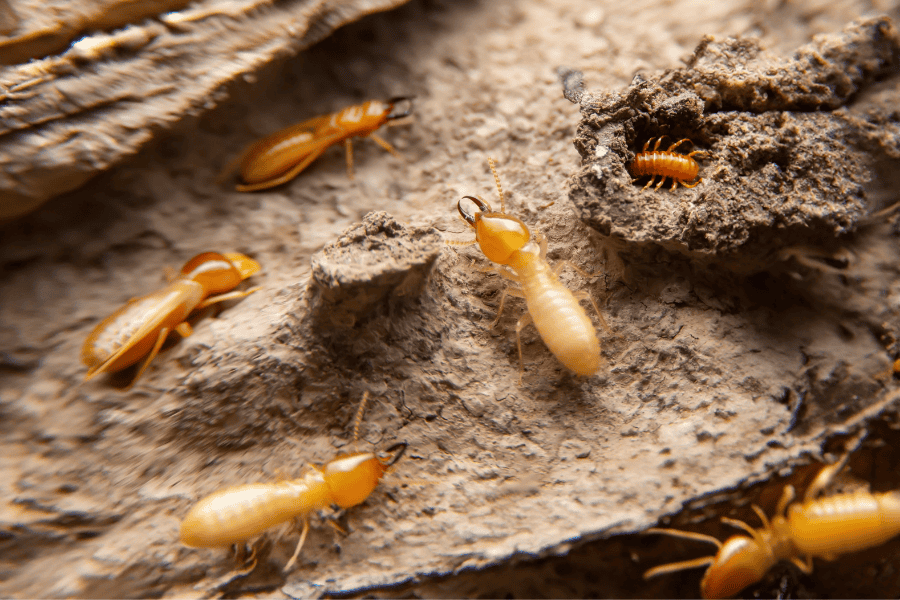
With rising temperatures and changing climate patterns, termites are becoming a growing threat to homes in Bonita Springs. In 2025, it’s more important than ever to adopt proactive measures to prevent infestations before termite swarms take over. This guide will cover smart technology, eco-friendly solutions, and effective termite prevention tactics to protect your home while staying green.
Climate changes have made Bonita Springs an ideal environment for termites, especially subterranean species like the aggressive Formosan termite. Warmer winters and increased rainfall mean longer breeding seasons and more frequent swarms. Early detection and action are key to preventing structural damage from these wood-eating pests.
Eco-conscious homeowners can opt for natural, non-toxic solutions to manage termite threats. Organic baits, cedar mulch, and essential oils create a pest-repelling environment without harming the ecosystem. Borate-based treatments protect wood without the need for harsh chemicals, making it a healthier choice for families, pets, and the environment.
Physical barriers, such as stainless-steel mesh and termite shields, are becoming the go-to for long-term termite protection. These systems block termites from accessing your home, offering durable, chemical-free protection that doesn’t require frequent reapplication. They’re a great complement to other eco-friendly strategies.
Moisture-rich areas are a magnet for termites. Ensuring proper drainage and maintaining dry, well-ventilated spaces will reduce the risk of an infestation. Regular inspections by professional pest control services are essential to catch early signs of termite activity, especially for homes at higher risk due to moisture or structural vulnerabilities.
While DIY efforts can help, professional termite control services are vital for thorough prevention. Pest control experts can offer tailored solutions, including eco-friendly treatments and physical barriers, ensuring comprehensive protection. Their experience helps identify hidden vulnerabilities and prevent costly repairs.
Termite damage can be expensive to repair, often requiring wood replacement and structural reinforcement. Since most homeowners’ insurance doesn’t cover termite-related damage, investing in prevention now can save you significant costs down the line.
The future of termite management lies in sustainable, long-term solutions. By combining eco-friendly treatments, smart technology, and preventative barriers, homeowners can protect their properties while minimizing their environmental impact. Staying informed about the latest pest control strategies and committing to sustainable practices will ensure lasting protection against termites.
Termite prevention is crucial for Bonita Springs homeowners in 2025. With the increasing threats posed by climate change and termite adaptation, staying proactive with eco-friendly methods, smart technology, and is essential. By adopting these strategies, you can protect your home and enjoy peace of mind, knowing your property is protected from costly termite damage.

As a homeowner in Fort Myers, you’re no stranger to the warmth and humidity that create the perfect breeding ground for termites. These pests may seem harmless at first, but they can cause devastating damage to your home if left unchecked. In fact, termites are responsible for billions of dollars in property damage each year across the U.S. — and Florida is one of the most affected states. Here’s why termite prevention should be a top priority for any Fort Myers homeowner.
Your home is likely the largest investment you’ll ever make. Termites can silently and steadily eat away at the wood structure of your home, causing costly damage before you even realize there’s a problem. Preventative measures, like annual inspections and professional treatments, can save you from a costly and stressful repair bill down the road.
Fort Myers’ tropical climate is ideal for termites, especially the destructive subterranean variety. The moisture in the air and the warm temperatures year-round provide the perfect environment for termites to thrive. Without proper prevention, you’re putting your home at a higher risk of infestation.
Treating an existing termite infestation can cost thousands of dollars, especially if structural repairs are needed. Preventing termites before they invade your home is far more affordable and less disruptive. Routine inspections by a pest control expert can identify signs of termite activity early and help stop infestations before they get out of hand.
Termites target wood, and that’s exactly what your home’s frame is made of. Over time, even a small infestation can weaken the structure of your home, leading to expensive repairs or even unsafe living conditions. Regular treatment and monitoring give you peace of mind, knowing that your home’s foundation is secure.
The key to effective termite control is early detection. If termites are caught in the early stages, they are much easier—and cheaper—to eliminate. Professional pest control companies use the latest technology such as Sentricon to spot termite activity even before it becomes visible to the untrained eye.
In Fort Myers, termite prevention is not just a good idea—it’s a necessity. With the right precautions in place, you can protect your home from these destructive pests and avoid the high costs associated with repairs. Don’t wait until it’s too late—schedule an inspection today and take the first step toward protecting your home from termites.